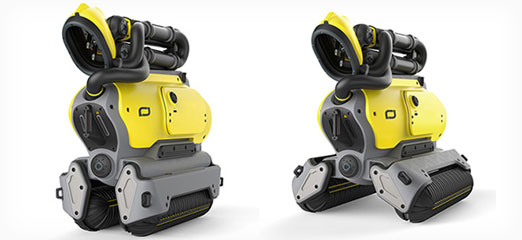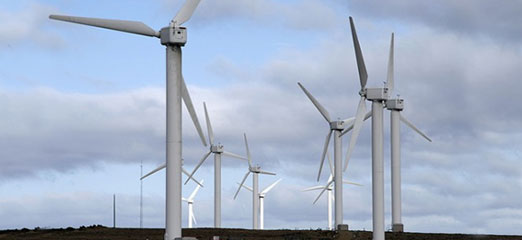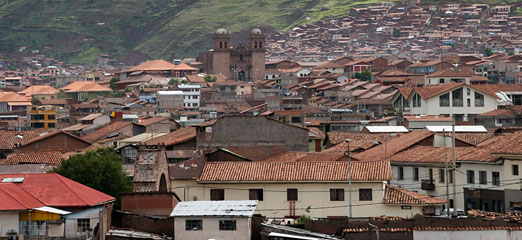Recycling robots, solar power news, Welsh wind farms and futuristic lorries all feature in this weeks Top 5!
The real life “Wall-E” robot

The film “Wall-E” imagined a small robot designed for collecting and recycling waste. Omer Haciomeroglu, a student from the Umeå Institute of Design has designed a real-life version that can dismantle old concrete buildings using a fraction of the energy and water used in traditional demolition methods.
Full story and more images on Design Taxi
New Welsh wind farm ‘will generate billions’

A £400m, 76 turbine wind farm will begin construction next year in Pen-y-Cymoedd in South Wales. The developers claim that the project will create 300 jobs and will benefit the local economy to the tune of £45m over the sites 25-year lifetime.
Peru bringing solar power to fuel poor homes

As in many other developing countries, many of the poorer homes in Peru don’t have access to electricity; leaving people to rely on expensive and potentially dangerous oil lamps instead. The National Photovoltaic Household Electrification Programme (NPHEP) aims to bring electricity to 2 million of the the countries poorest people using solar power.
Solar panel industry set to finally ‘pay for itself’

Solar panels may create clean energy, but it also takes energy to manufacture them. A new study from the United States has found that the word wide solar industry is on the brink of generating more energy than it has used — and should fully pay for itself by 2020.
Curvy lorries that save energy and lives

European lorry cabs have been the same tall box shape for decades, as a result of regulations that limit the length of vehicles. New rules however may allow designers more flexibility to create safer, more aerodynamic and more fuel-efficient lorries. These new curvy designs are less lethal to cyclists and pedestrians, and save about £1,300 per year in fuel costs.

